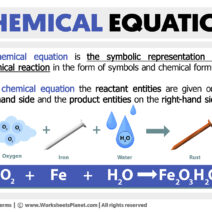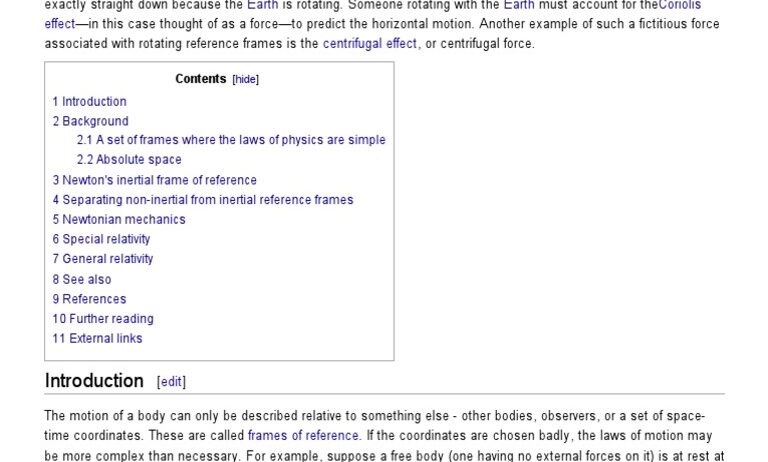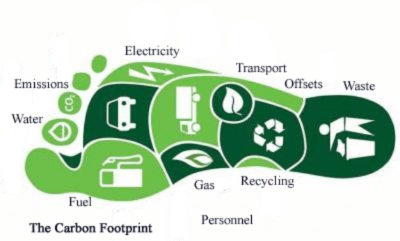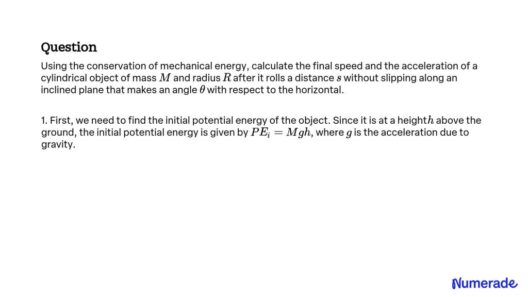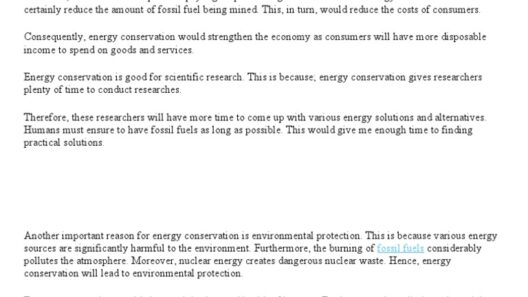Energy conservation is a fundamental principle in physics, captivating the minds of scholars, researchers, and the general public alike. This principle states that energy cannot be created or destroyed, only transformed from one form to another. However, when delving into the intricacies of inertial frames of reference, a critical inquiry arises: Does energy conservation hold in inertial frames of reference? The examination of this question involves not only theoretical underpinnings but also practical implications that resonate deeply within contemporary scientific discourse.
At the crux of this discussion lies the definition of inertial frames of reference themselves. An inertial frame is one in which an object remains at rest or in uniform motion unless acted upon by a net external force. Sir Isaac Newton’s first law of motion articulates this notion elegantly and establishes a foundation upon which classical mechanics is built. In these frames, observers can comfortably apply classical laws while analyzing interactions between masses without complications introduced by acceleration.
When discussing energy conservation in inertial frames, it is critical to distinguish between different forms of energy—kinetic, potential, thermal, and others. In an isolated system, the total energy remains constant over time, irrespective of the nature of the analysis conducted. Binary conceptualizations of energy such as potential and kinetic can shift from one frame to another; their sum, however, remains invariant. This means that while the observed kinetic energy of a moving vehicle might vary depending on the observer’s speed, the underlying principle that the total energy is conserved is robust.
As an illustration, consider two observers situated within different inertial frames, one stationary and the other approaching at a substantial velocity. The moving observer will measure the kinetic energy of an object differently than the stationary observer. However, despite discrepancies in measured values due to relative motion, both observers can consistently validate the law of conservation. This invariant nature gives credence to the universality of energy conservation across inertial frames, effectively creating a cohesive understanding of physical phenomena.
Transitioning from classical to modern physics, the advent of Einstein’s theory of relativity has necessitated revisions to our understanding of energy conservation. This revolutionary framework introduces the concept that energy and mass are interconvertible—E=mc² reveals that energy is not merely an additive quality; it holds intrinsically within mass. Thus, in the realm of high-velocity dynamics, where relativistic effects dominate, energy conservation remains applicable yet requires careful consideration of the relativistic mass increase as velocities approach the speed of light.
The ramifications of energy conservation in inertial frames transcend theoretical margins, inviting discussions on real-world phenomena prevalent in advanced technology and environmental science. In analysis of hydraulic systems, engines, or even ecological transitions, the conservation principle finds application. For instance, in our escalating climate crisis, harnessing energy through sustainable practices—like wind and solar—invokes the conservation principles inherent in physics. Energy transformation processes in these systems exemplify conservation within an inertial frame; tools, devices, and setups designed to optimize energy retention directly reflect these fundamental truths.
Nevertheless, the complexities are further heightened when one considers non-inertial frames—frames undergoing acceleration. In such contexts, fictitious forces (e.g., centrifugal force) emerge, complicating the analytical landscape. Energy conservation principles may momentarily falter in non-inertial scenarios unless corrected for these external influences, inciting further inquiry into how frame dependency impacts the energy dialogue. The differences invite tantalizing questions about the nature of reality, perception, and measurement in dynamic environments which could incorporate the ubiquitous changes induced by human activity into our analyses.
Engaging with the principle of energy conservation in inertial frames propels one into the deeper realms of physics, alluding to a profound interconnectivity between various domains. These discussions resonate across disciplines; understanding energy dynamics plays a vital role in developing sustainable technologies, which are pertinent in addressing environmental challenges. The potential to pivot energy realities not only benefits scientific endeavors but also serves as an imperative in battling climate change.
In conclusion, the inquiry into whether energy conservation holds within inertial frames of reference unveils a rich tapestry of interlocking theories and principles. From classical foundations to relativistic undertakings, the principle of conservation remains a cornerstone of scientific inquiry and real-world application. The implications are vast, inviting a wealth of interdisciplinary dialogue that extends into technological innovation and environmental stewardship in our quest for a sustainable future. As we tread further into the complexities of the universe, the principles governing energy remain steadfast companions, offering insights and guiding principles that facilitate understanding of both nature and the innovative practices we adopt in response to our pressing global challenges.
